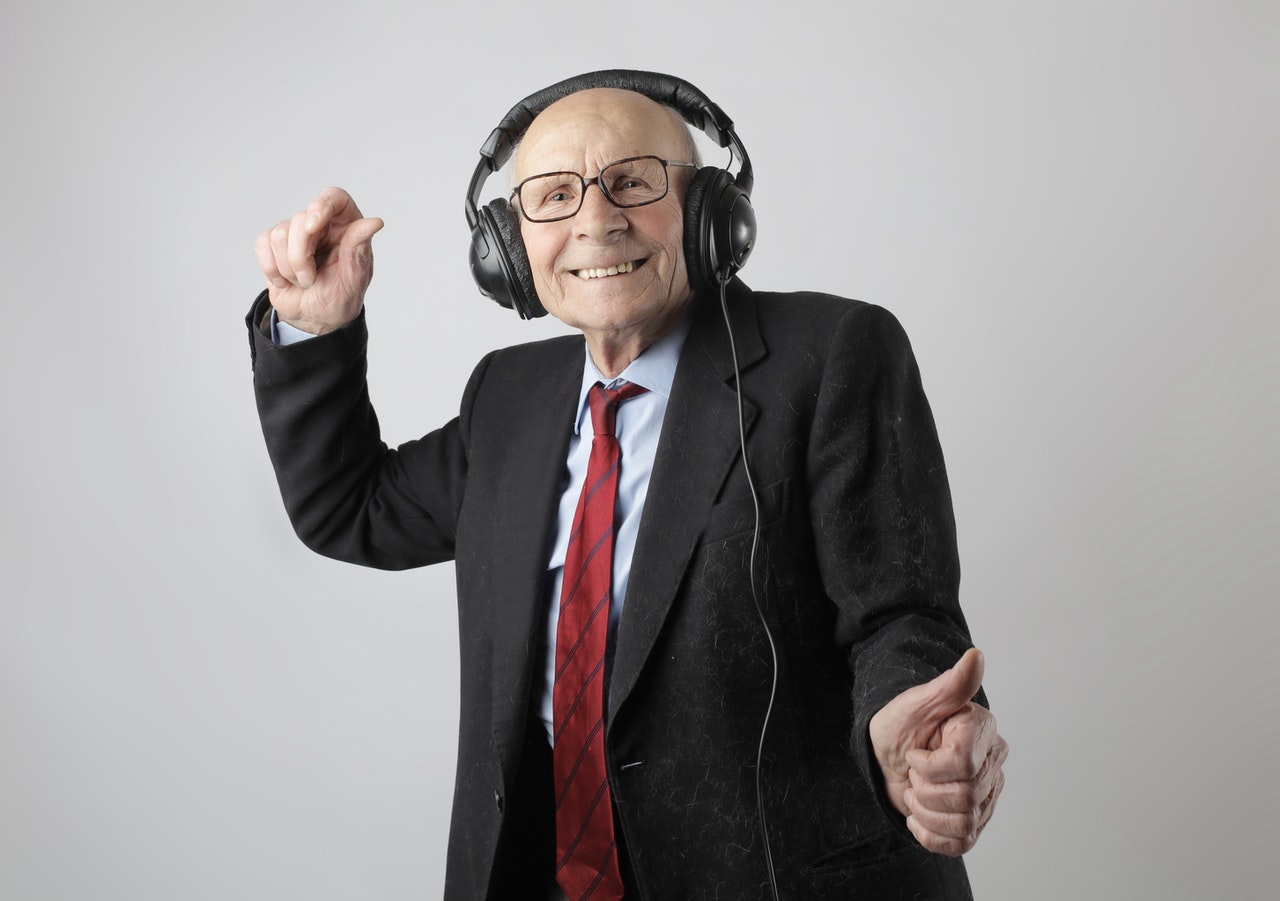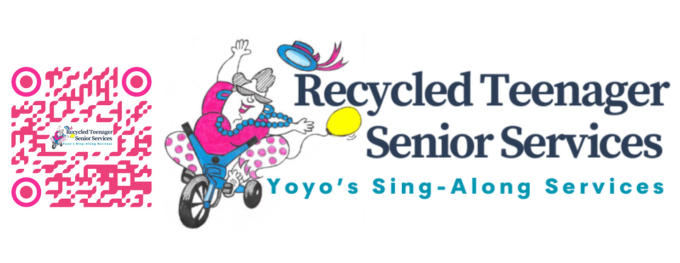Benefits of Dance for Seniors
Dancing provides multiple health benefits for seniors, including improving your cardio, balance, and mood.
Exercise is important for optimizing physical and mental health, especially as we age. Each person needs to find the form of exercise they enjoy and can engage in regularly later in life. A great aerobic exercise option for seniors is dance. Dancing provides multiple health benefits for seniors, including improving your cardio, balance, and mood, along with other perks you may not have considered. There are many different forms of dance, some of which can be practiced alone and others with a partner or group. Many seniors have fond memories of dancing earlier in life, whether socially or in a performance capacity. Even if someone is completely new to dance, there are many benefits and ways to give it a try.

7 Benefits of Dance for Seniors’ Health and Wellness
A study published in ScienceDaily followed students in “Ballet for Seniors” classes and found that they experienced, “higher energy levels, greater flexibility, improved posture, and an enhanced sense of achievement. They also felt happier and enjoyed a sense of community and friendship.” The benefits from any form of dance are numerous, but here are a few of the most important for the health and wellbeing of people in their golden years.
Provides Great Cardio
Any form of dance will raise the heart rate and get oxygen moving through the system, which is important for overall health. According to the American Heart Association, people age 70 and up should aim for a target heart rate of 75 to 128 beats per minute. Your target may be lower as age increases and depending on certain health factors. Always check with a doctor to confirm the best level of cardiovascular activity.
Improves Balance
Good balance becomes increasingly important with age, as it can help a person maintain mobility and avoid falls. Dance typically requires the transfer of weight from one foot to the other, sometimes with movements done on only one foot or while on tip-toe. A good instructor will start slowly to make sure that a senior doesn’t attempt anything they’re not ready for, but many dance students are surprised to realize that they can actually improve their balance with practice.
Improves Flexibility
You don’t have to be able to execute a grand battement — ballet speak for kicking your leg up to your head — to gain gradual improvement in flexibility through dance. Simply moving the body in new ways, gently, can lead to more flexible muscles and joints, and easier movement in everyday life.
Challenges Your Mind and Memory
Not everyone thinks of dance as related to memory care, but memorizing steps makes for a great mental exercise. A study in the New England Journal of Medicine found that dancing can reduce the onset of dementia, making dance a suitable activity for people with memory issues. In fact, even those who struggle with memory loss may develop “muscle memory” whereby their body remembers movements and music in a remarkable way.
Offers a Creative or Artistic Outlet
Whether you follow the steps presented by an instructor or move freely to music, dance is an expression. Most people find it freeing and even emotional as they move in their own unique way. It can also improve moods and mental health.
Creates Social Opportunities
Dance classes are a great way to spend time with friends and meet new people. You might find a class in a senior community where you live or go to a studio or exercise facility. Even in times of social distancing, dancing as part of a class or with a friend over video chat can be a fun way to spend time together.
Can Work with Limited Space
While some forms of dance, like square-dancing, require huge space to accommodate groups of people, dance is an activity you can do in a senior living apartment. With the help of a live stream or recorded video, or with no guidance at all, you can move in a relatively limited space. Test the space first to see if you can turn in a complete circle with arms outstretched to make sure you don’t hit anything. Smaller objects can be moved aside. If you have carpet, you might want to stand on a yoga mat or on a small square of linoleum.

Want to know more about what I do?
I would love to talk with you about how I can best serve your needs!
